I remember seeing a poster on a butcher shop wall titled, “How To Make Your Beef Taste Like Venison.” The title piqued my interest, so I read on:
Advertisement
“Start one year before butchering. Feed the oldest cow in the herd only wild berries, slough grass, weeds, sage, pine needles and tree bark. Prior to butchering, let dogs chase the cow around the corral for 10 to 15 minutes to get its blood pumping and adrenaline circulated to all the muscles. Once exhausted, shoot the cow immediately. Make sure it’s a gut shot and try to do this through a hind quarter. A good shot helps tenderize the meat and drives as much hair as possible into the impact area. Kill the cow in the morning on a hot, sunny day. Air temperature above 30 degrees Celsius is perfect. Leave the hide on and guts in. Toss it in the bed of your truck and drive it around, showing it off, until dark. Next, head to a slough to field dress. Once it’s skinned and gutted, tie the beef to your hitch and drag it home. Make sure to get as much grass, dirt and debris in the body as possible. Hang the beef in the garage to age. Don’t worry about the temperature, you can tell by smell when it’s ready to cut. When the carcass smells so bad that your eyes water, the beef is ready to process. Properly following these steps will ensure that your beef is passes for venison for even the most avid sportsman.”
It’s a funny story! But the truth is, many people find venison unpalatable – because of the way they approach hunting, handling, butchering and cooking it. If you think the only way to eat deer is to mask its flavour with sausage spices, you’re doing something wrong. Venison is so, so much more.
Advertisement
Our goal here is not to make venison taste like beef, but to harvest venison – a lean, organic protein the likes of which you cannot buy anywhere. Follow me as we go from field to fork on the hunt for gourmet game meat.
Selecting Your Deer
Advertisement
“Tender” and “mild” top my list of desired meat characteristics, so I target younger animals to fill the freezer. As deer age, their connective tissue thickens, meat gets stringy, and cartilage and tendons calcify. An old buck requires extra effort during butchering to remove these inedible pieces. Conversely, cooking low and slow can soften even the toughest cuts – even rubbery gristle turns to a pleasingly soft gelatin. Fawns, on the other hand, are both tender and mild. This is not too surprising, considering most fawns are less than six months old when they’re harvested – the veal of the venison world. The meat colour of a young deer is pale in comparison to older animals, almost as light as pork in some cases.
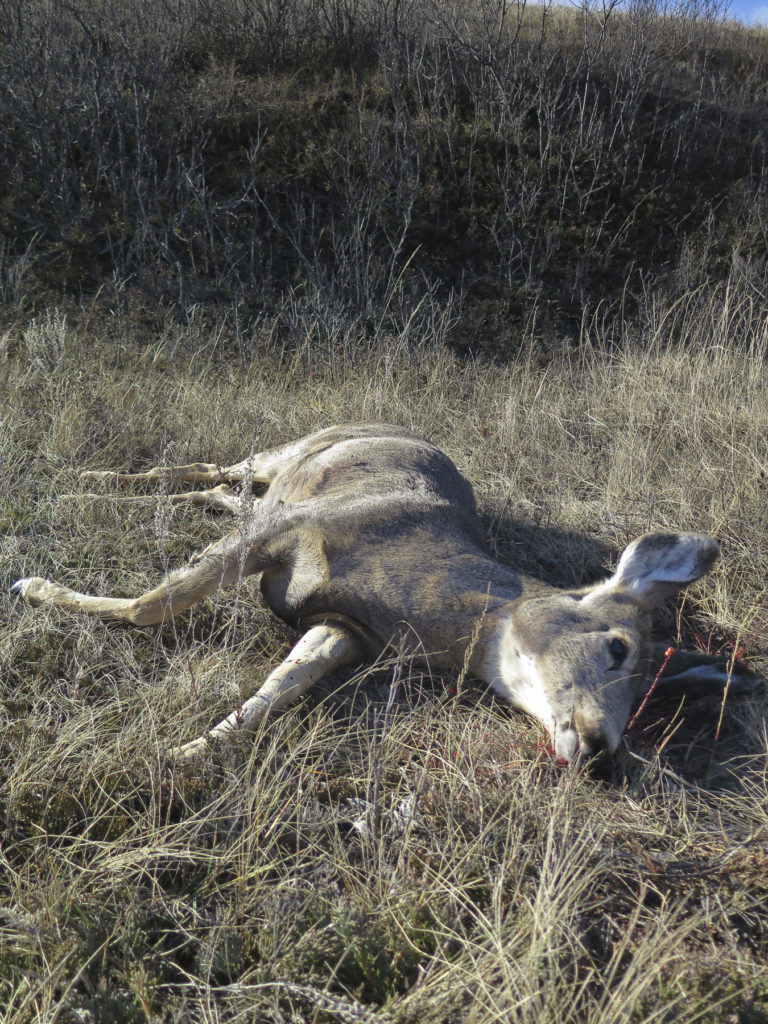
Picking a young animal from the herd is not always easy. Fawns grow quickly and can be close in size to their mothers in the fall. Unless they are standing side by side, it can be difficult to judge. I can sometimes tell old from young by nose and jaw length. Fawns have a short nose with an almost teddy-bear-like appearance, while a mature doe’s nose may be nearly twice as long. Behavioural cues can also help differentiate fawns from does; fawns like to frolic and are less cautious than mom.
Some hunters do not like shooting fawns, because a fawn’s small size means there is not much meat. But what you get is incredibly tender and mild – use everything in whole cuts. Making sausage from a fawn is just wrong. Get your ground meat from more mature deer. Want more quantity? Go for full grown. A one-and-a-half-year-old doe may look the same as a five-and-a-half-year-old doe, but I can certainly taste the difference at the dinner table. Even an old doe is typically better to eat than a mature buck in the rut, although many hunters enjoy the ability to hunt for bucks.
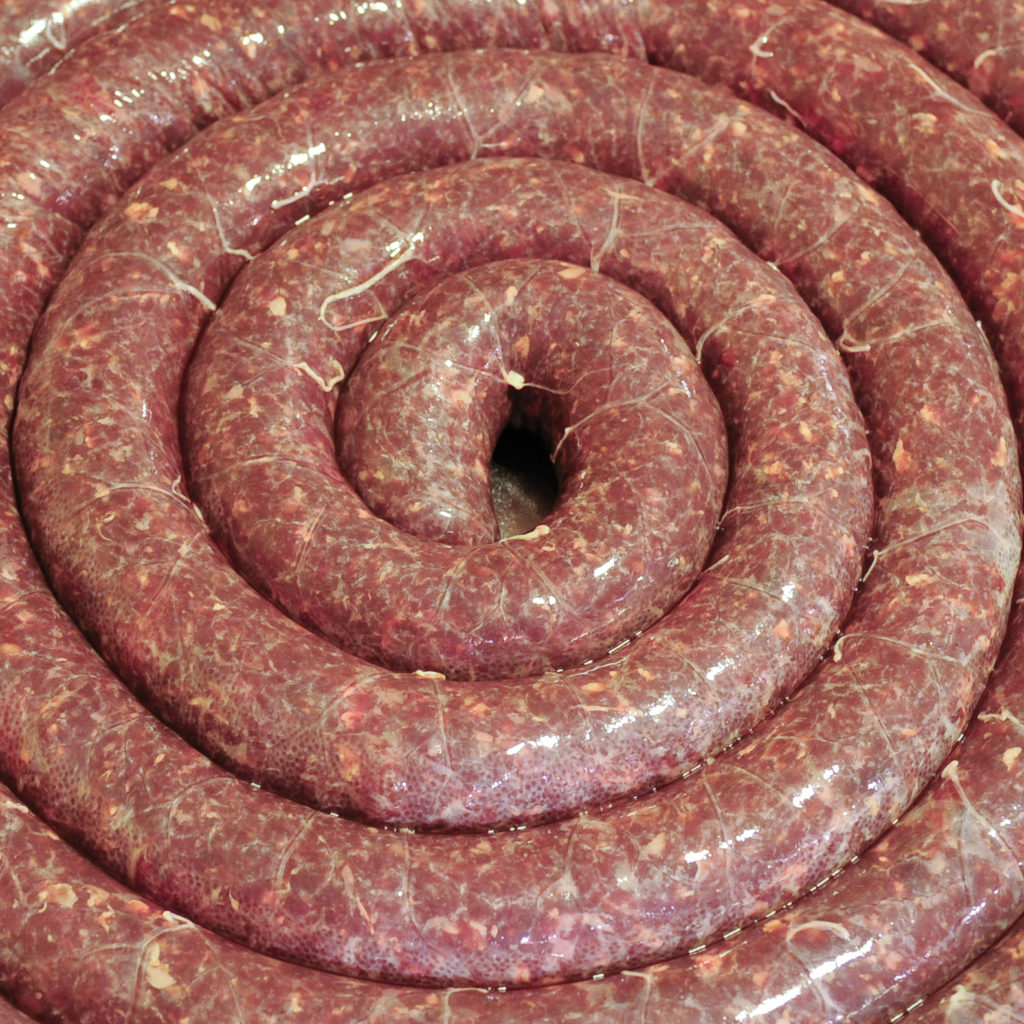
If you have the luxury of hunting for either sex of deer and you’re looking for the best of both worlds, a spiker buck may be just the ticket. A spiker buck is about one-and-a-half years old. Its body is bigger than a fawn, yet still tender and tasty.
When To Shoot
A calm animal always tastes better than one that is stressed. In fact, some of the tastiest venison I’ve eaten came from bedded animals – a deer lying in its bed, with its eyes closed, chewing its cud calmly. Most deer taken this way never get up, and they never knew what happened. No stress means no tenderness-destroying stress hormones.
A calm but alert deer is OK, too. This is often the case when they’re feeding – head up, scan, listen and then head down to continue feeding. To avoid detection, never move when deer are watching, only when they have gone back to feeding. This can be a test of your patience, as deer stop frequently to listen for danger. A deer that runs when sensing danger, even a short distance, will not be as tender.
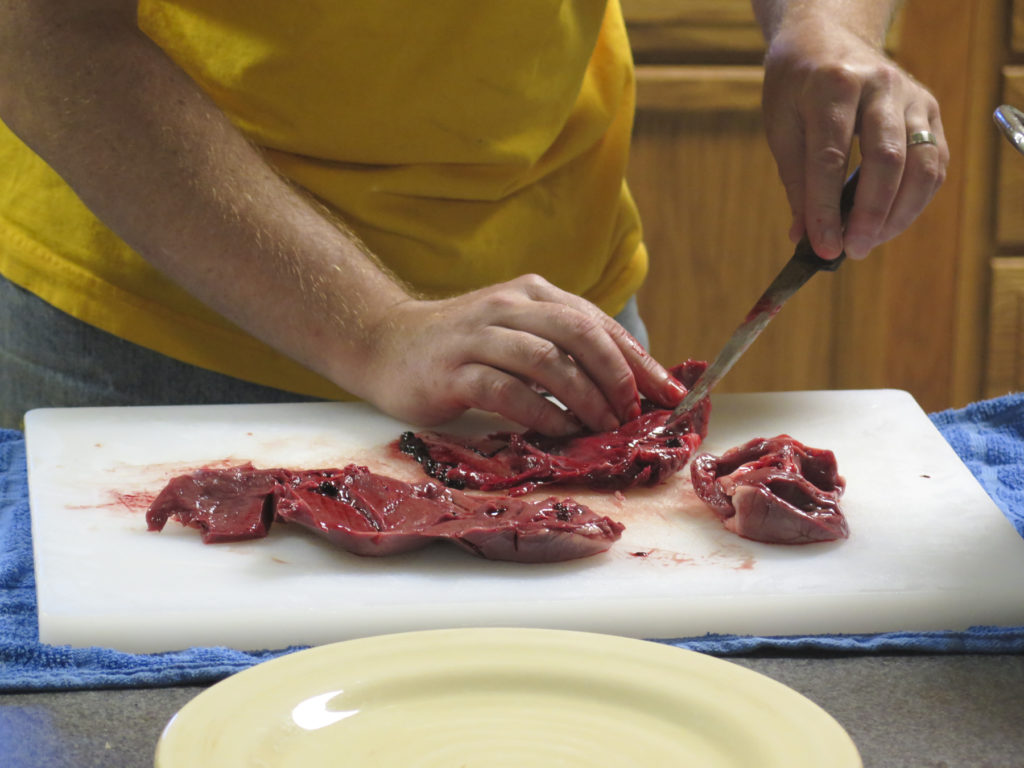
Shot Placement
The heart/lung area offers the largest target for a quick, reliable kill. Rifle hunters should pick their point of impact carefully. When a bullet strikes a deer, a hydraulic wave forces blood into the surrounding tissues. Within the meat, this is known as bloodshot and needs to be trimmed away. A perfect shot avoids heavy bones and is centered on the vitals, reducing scattered bone fragments and bloodshot.
It’s better to err on the side of too far forward than too far back, because a shot that hits the gut is bad news. Even a shot that starts in the vitals can end up in the paunch if the animal is angling towards you. Consider this carefully before you squeeze the trigger or let the arrow fly. Death is slower to a gut-shot animal, which increase stress hormones and degrades meat. Gut contents taste awful and must be removed completely. Gut contents may also contain bacteria like E. coli and salmonella, which can taint the meat quickly.
A head shot can kill quickly and wastes almost no meat. The downside is the brain is a relatively small target and should only be considered at close range while using a steady rest. With the risk of certain wildlife diseases, like CWD, brain and spine shots can increase the exposure to the disease.
Cooling Meat In The Field
Heat is the enemy of premium venison. Body heat must be removed from the large muscles to avoid spoilage. A warm fall day adds to the challenge. How quickly an animal cools depends on air temperature, wind speed and the size of the animal.
My first job after punching my tag is gutting the deer. This starts the cooling process. I move my deer to a shady spot, preferably a place where a breeze can flow into the open cavity. The two areas that hold the most heat are the large leg muscles in the hind quarters, and the neck and shoulder area. Depending on the size of the animal and the ambient temperature, you may need to skin the animal to accelerate cooling. For most deer, I normally keep the hide on (to prevent drying during the aging process) unless the ambient daytime temperature is above 10 degrees Celsius. In big bucks, the thick neck area can sour if not cooled fast enough. Skin or use bags of ice (if possible) to cool these areas, trying to keep things dry. Because they have larger muscles, elk and moose require skinning and quartering to cool down. It’s hard to believe, but meat will spoil even in sub-zero temperatures if not cooled quickly.
Avoid using water on the carcass. Blood has some anti-bacterial properties. Allowed to dry, blood provides a protective barrier for the meat. Water, on the other hand, can get trapped in the connective tissues, creating the perfect environment for bacteria to grow and multiply.
The good news is that after the meat has cooled down completely, it will keep for days in the breezy shade in your hunting camp. Daily temperature fluctuations tend not to affect meat quality. Early in the season, flies can be an issue, so cover hanging meat with fly-proof game bags or cheesecloth. It’s important to include time and temperature in the field when estimating the progress of aging.
Aging Venison
After a deer dies, its muscle fibers begin to tighten in a chemical process called rigor mortis. Rigor starts within one to two hours after death and lasts for about 24 to 48 hours before the muscles begin to relax again. Butchering a deer while it’s in rigor results in meat as tough as boot leather. For larger animals far from the road, I will break the carcass down into quarters and this is okay. I just wait to cut it into steaks and roasts until the meat has relaxed again.
Aging is the process whereby natural enzymes begin to break down connective tissue. As the enzymes do their work, the flavour of the meat changes, intensifying. The longer this process continues, the stronger flavour. This is good to a point, but venison aged for a very long time may be too much for all but the most adventurous palate.
Ideally, I age my deer with the skin on. In a cool environment, between one to three degrees Celsius, hanging venison to age for up to three weeks is fine. Depending where you live, hanging a whole deer may not be possible. In this case, aging the prime cuts, like hind legs and backstraps, can be done in a fridge. Elk and moose can be broken down further to fit your setup. A pan of water in the fridge helps keep the humidity up, which prevents a hard crust from developing on the exposed meat surfaces.
Tenderloins are the one part of the deer that do not benefit from aging. It’s best to remove them immediately after gutting to prevent drying or being picked out and stolen, piece by delicious piece, by scavenging birds. Don’t ask me how I know – but I’ll only make that mistake once.
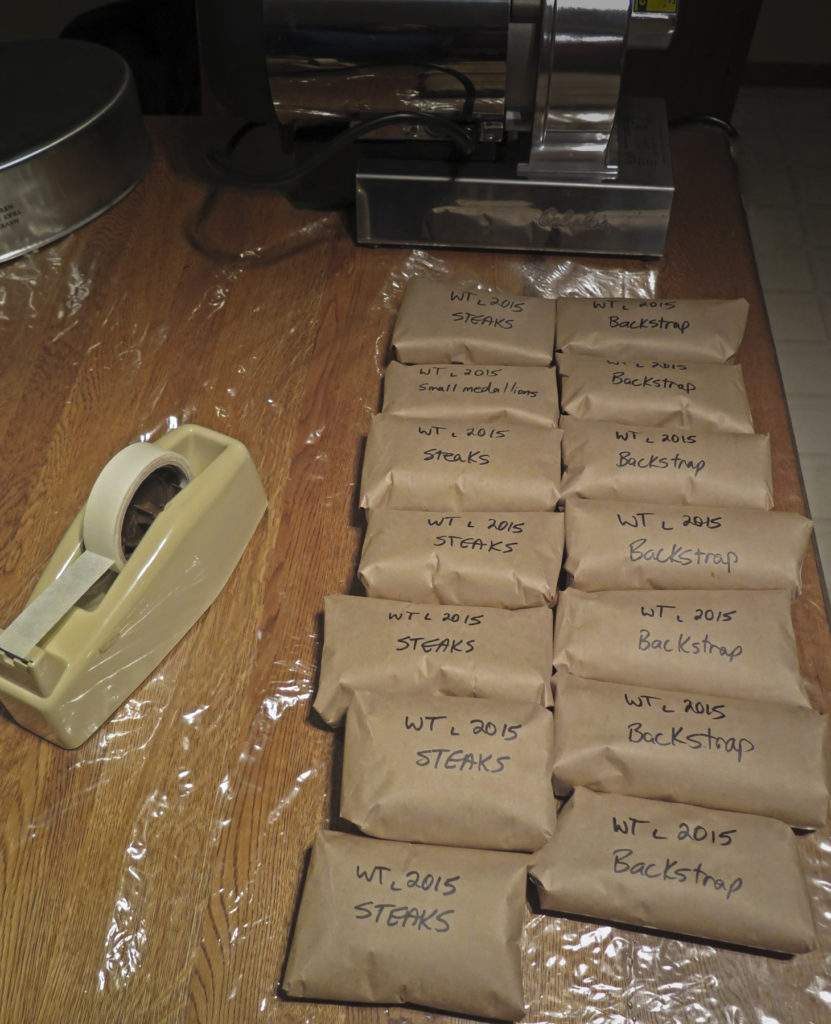
Butchering & Packaging
Butchery is not for everyone, but for those with a space to work and the patience to learn, cutting your own venison is an important step in your journey to the best meat possible. If breaking down a deer is something new to you, it helps if you can find a like-minded hunter to show you the ropes. There are also community college courses, Slow Food Movement experiential learning courses and excellent illustrated books on the subject. The process encompasses much more than I can cover in this short article. The first few times you break down a deer, it takes a long time and there is a steep learning curve. Don’t be discouraged. Keep your delicious goal firmly in mind!
I use a few different knives to break down a deer. A stiff-bladed boning knife works well for the heavy jobs, like separating hip joints or removing front shoulders. To remove tenderloins or backstraps, using a flexible boning knife allows me to cut right against the bone contours to save as much meat as possible. That flexibility also shines for removing fat and silverskin off the large muscles. I also use a large slicer knife for cutting steaks of an even thickness and reducing pieces into cubes. Honing the knives often, with a sharpening steel, makes the job easier.
There are a few options for packaging your hard-won and well-prepared meat. While venison is best if eaten within 6six to eight months, I’ve found venison in tightly wrapped brown butcher paper packages two years later, and discovered it was as good as the day I put it in the deep freezer. Air is the enemy of packaged meat. A chest freezer is much better than a frost-free, above-the-fridge freezer, which can hasten freezer-burn. When using waxed brown paper (butcher paper) and masking tape, press the waxed side tightly against the meat on all sides to exclude as much air as possible. For even better protection, vacuum sealers are an excellent long-term solution. Store your frozen venison in a protective box in the freezer to prevent bumps that can rip or put a hole in your packaging.
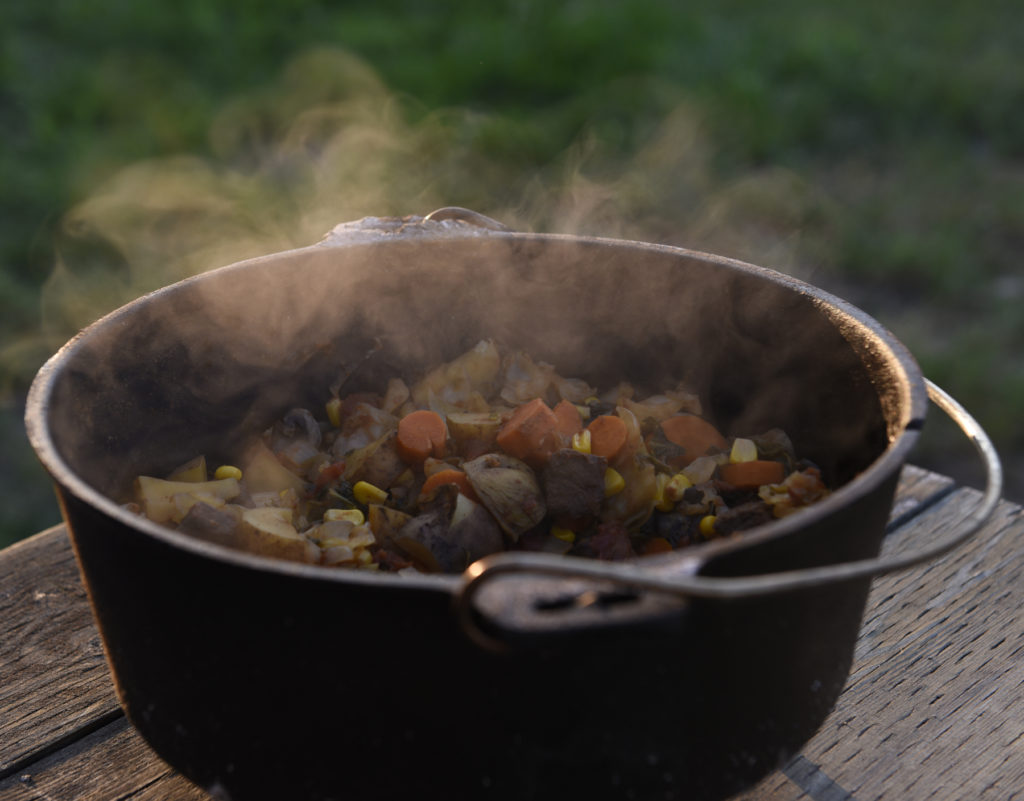
Cooking Wild Game
Venison is not beef. It’s a lean meat with a fine texture. Deer fat is found as a rind outside the muscles and can be easily removed if desired. There are tomes written about venison cookery and any worth their salt teach us the same basic principles for cooking venison:
- Don’t over-cook the prime cuts. Tenderloins, backstraps and steaks are best cooked from rare to medium-rare.
- Searing first and then cooking low and slow tenderizes tougher cuts, such as shoulders, shanks and the neck.
- Ground venison is very lean. Cook a bit lower than ground beef to prevent sticking, and longer to get a nice, brown flavour. It is extremely versatile and delicious in spaghetti meat sauce, hamburgers, sausage. Grinding is a great way to use up trim, flanks and rib meat.
Remember to use seasonings that enhance the flavour, rather than mask it. An excellent, comprehensive cookbook on this subject is Hank Shaw’s Buck, Buck, Moose. It covers everything you need to know about handling, butchering and cooking venison.
Parting Shots
As you can see, every step of the process of bringing deer from field to fork is equally important. The win is eating the finest venison possible. There’s so much more to deer than sausage. This fall, harvest your own and feel the satisfaction of eating better than most people only dream of.